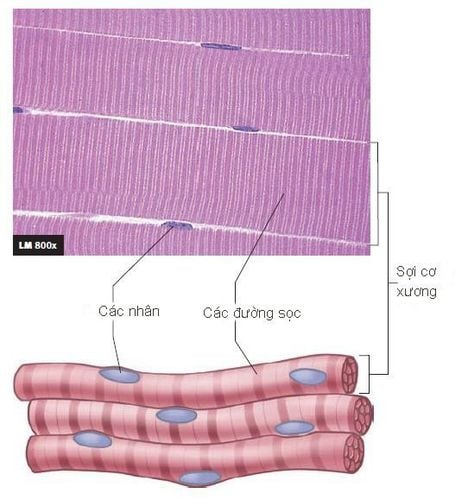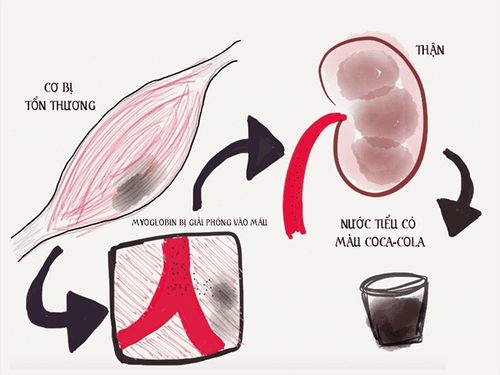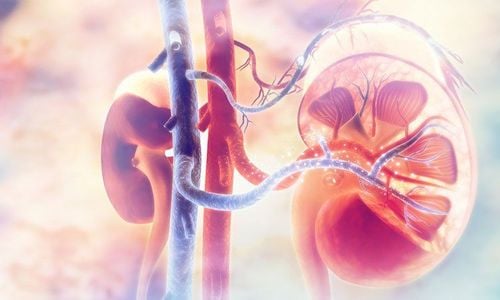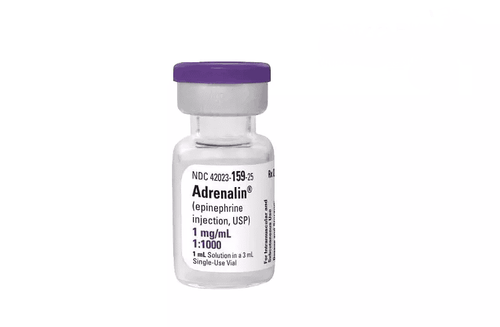This is an automatically translated article.
This article is expertly consulted by Master, Doctor Nguyen Le Duc Hoang - Emergency Medicine Doctor - Emergency Department - Vinmec Danang International Hospital. The doctor has a lot of experience in the treatment of Resuscitation - Emergency care for adults.Rhabdomyolysis is a syndrome in which skeletal muscle cells are damaged and destroyed, leading to the release of substances in muscle cells into the blood such as potassium, uric acid, lactic acid, myoglobin or other substances. Enzymes cause electrolyte disturbances, metabolic acidosis, even acute renal failure.
1. The concept of rhabdomyolysis
In 1941, the rhabdomyolysis syndrome became known as the "burying syndrome", because Bywaters and Beal, after following up, discovered a special clinical syndrome present in bomb victims. Initially, these people were given first aid and there were no signs of abnormality, but then began to show signs: decreased blood pressure, rapid pulse, myoglobin in the urine, less urine may be present. anuria. The number of patients with this syndrome who died within 10 days in a state of shock and acute renal failure.Thanks to the development of science and technology, researchers have had a more complete understanding of this syndrome since the 70s. In addition, there are cases with symptoms like buried but not caused by trauma - these are called medical etiologies. Since then, the “Bumping Syndrome” is collectively known as the Acute Rhabdomyolysis Syndrome.
Rhabdomyolysis syndrome is a clinical and biological syndrome that destroys skeletal muscle cells, releasing into the blood cell components such as: myoglobin, potassium, phosphorus, ... making the patient sick. with electrolyte disturbances , metabolic acidosis , hypovolemic shock and acute renal failure .
This is a very common syndrome in both medical and surgical emergencies. Early diagnosis and treatment regimens will help limit complications and reduce mortality.

2. Causes of rhabdomyolysis syndrome
People with the syndrome may have direct injuries due to injuries caused by traffic accidents or tunnel collapse, house collapse or earthquake, etc. There are also people who have the syndrome due to extensive burns. especially from electric shock or lightning.The cause of the disease is also known from the inside, such as:
Acute arterial occlusion due to compression or air leading to acute ischemia; The patient participates in strenuous sports activities such as long distance running without being well prepared; Acute poisoning; Body infected with bacteria and viruses: tetanus, purulent polymyositis, legionella infection; Body temperature rises too high or falls below 35 degrees Celsius for a long time; Potassium, sodium in the blood decrease; Ketoacidosis ; Hyperosmotic coma.

3. Diagnosis of acute rhabdomyolysis
Direct injury: After being injured by causes such as traffic accidents or tunnel collapse, the patient is in good condition, with only a few scratches on the skin, bluish skin, and sensation in the extremities. heavy , no bone damage . A few hours later, the patient presented with swelling in the affected areas, hard edema, pain, dark red urine then changed color and decreased urine output. If not treated quickly, the patient can develop acute renal failure and death within 10 days.Non-traumatic: Depending on the cause of the disease, there will be different manifestations: panic, pale skin, rapid deep breathing, lethargy, then coma, rapid pulse, gradual drop in blood pressure, urine darkening then changing color, urinating less and anuria after a few days.

4. Risk factors for acute rhabdomyolysis complications of acute renal failure
Patients with acute rhabdomyolysis syndrome are at high risk for complications of acute renal failure if they experience symptoms such as red-brown urine, traumatic shock, measured systolic blood pressure less than 90 mmHg, and have symptoms. acute respiratory failure or patients diagnosed with acute rhabdomyolysis and initiated treatment more than 12 hours after the first symptoms of illness.Please dial HOTLINE for more information or register for an appointment HERE. Download MyVinmec app to make appointments faster and to manage your bookings easily.














